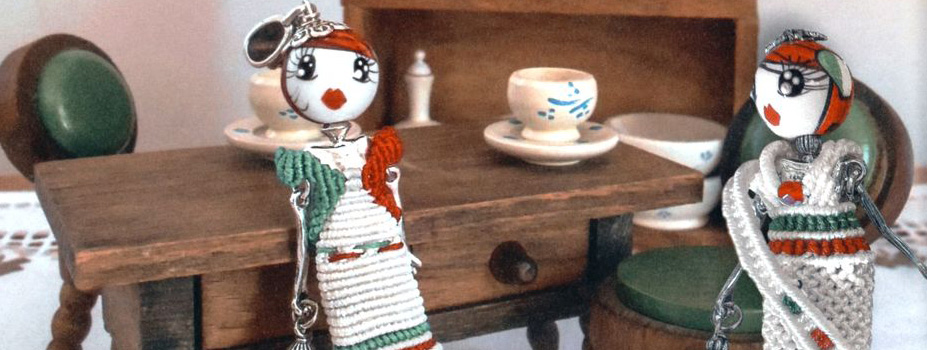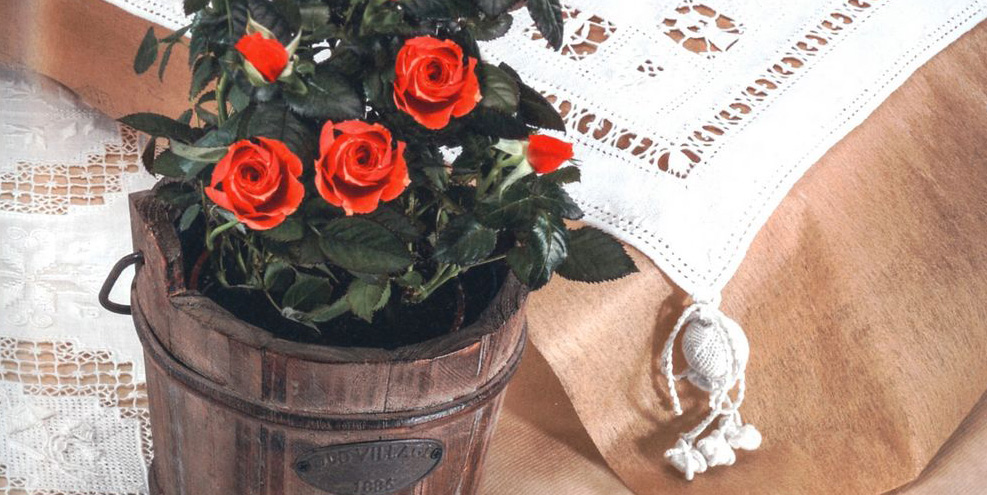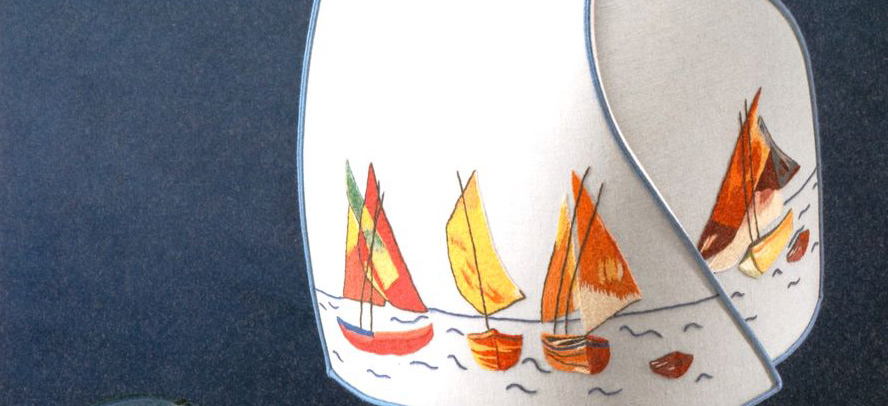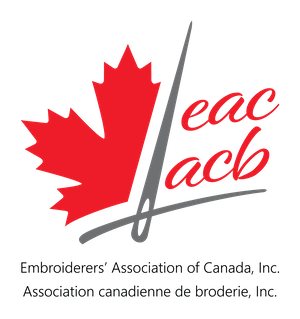Mary Will Follow Along with Photos

submitted by Mary Wahl I have lived in Canmore, Alberta (about an hour west of Calgary in the Rocky Mountains) for almost five years. Before that, I lived in Toronto and was a devoted member of the Toronto Guild of Stitchery for many years. I remain a member of EAC/ACB. I was one of the lucky ones to receive an issue of Giuliana Ricama magazine. I have been thoroughly enjoying the pictures of beautiful embroideries with photographic instructions in the issue. I have had some difficulty understanding the written instructions. This includes materials lists where I could not translate fabrics and thread requirements to the supplies readily available here. However, I can do a lot with pictures. I love the little Italian dolls. I am a cloth doll maker and may allow them to inspire me in the not too distant future. It was easy for me to relate to the article by Kiyoko Miyagoshi, which featured the chrysanthemum pattern for temari balls. That was the first pattern that I learned how to do with EAC/ACB member Peggy Kimble years ago. Since then, I have made many different patterns, most quite complicated. I have included some in my photograph. I purchased a Japanese book of temari patterns in Matsumoto, Japan, where temari balls are sold in the castle and are featured in the sidewalk grates! I cannot read the book but all I have to do is look at the pictures. I prefer using Styrofoam balls in order to have fairly perfect spheres. The size of the balls does not matter – everything is proportional. I fit them with quilt batting or something soft before winding on the background colour thread. The Japanese like to use all sorts of bits, fabric and otherwise, to form their balls.
Michele Would Choose Casalguidi

My name is Michele Young and I live in southern Ontario. I was delighted to be a winner of a copy of this high-quality needlework magazine, Giuliana Ricama. The contributors’ works are displayed in such a way that I immediately want to find a needle and thread and begin working on all of the projects. The pictures are gorgeous and the instructions and traceable designs make this magazine a fantastic resource and a treasure. It was hard to choose a favourite project, but I decided upon the Casalguidi centrepiece with tassels because it contained many traditional, but new to me, stitches I will enjoy learning. The project I am working on in the photo is an Alison Cole goldwork and stumpwork design, both new techniques for me, until I took her class at the EAC/ACB seminar in 2018. I will enjoy sharing this magazine with the members of my guild but will take careful note of who borrows it because I will definitely want it back. Thank you for the prize and for the opportunity to review Giuliana Ricama.
Lexa’s Thoughts on Giuliana Ricama Magazine

submitted by Lexa Shaw, Embroiderers’ Guild of Victoria I was quite surprised to win a copy of Giuliana Ricama magazine. Another member of my guild was also a winner. She is now looking into the possibility of ordering the magazine as a group rate. I took the issue to my stitch group to show them. I am sitting at the end of the table and the others are some of the group which meets on a weekly basis. This is an interesting magazine. It is organized quite differently from the North American/British ones I am used to. There are multiple examples of how each of the “projects” could be done. The explanations then give a very basic description of the pattern needed. There are also a couple of techniques that are described in detail. The articles are very interesting and informative. There appears to be many more “schools” teaching traditional embroidery than here. Overall, this is a lovely magazine that is aimed at the confident stitcher. The diagrams are clear and easy to follow. My favourite item to stitch would be the Colours of Versilia used in the African women project. This magazine will now be circulated in the guild for other stitchers to peruse.

